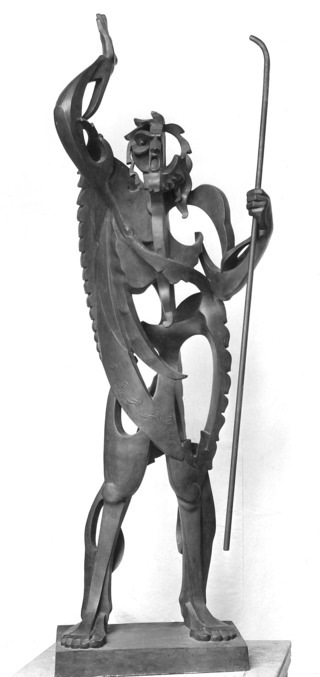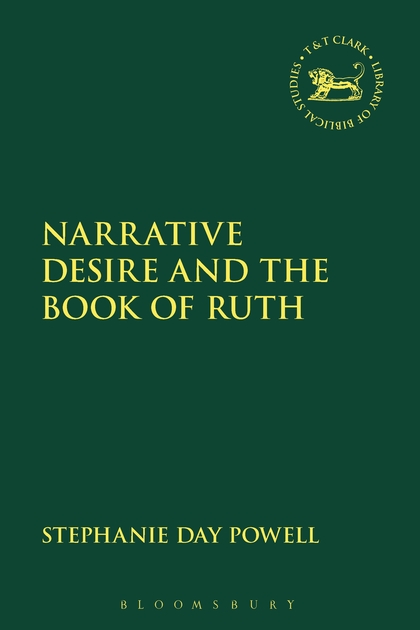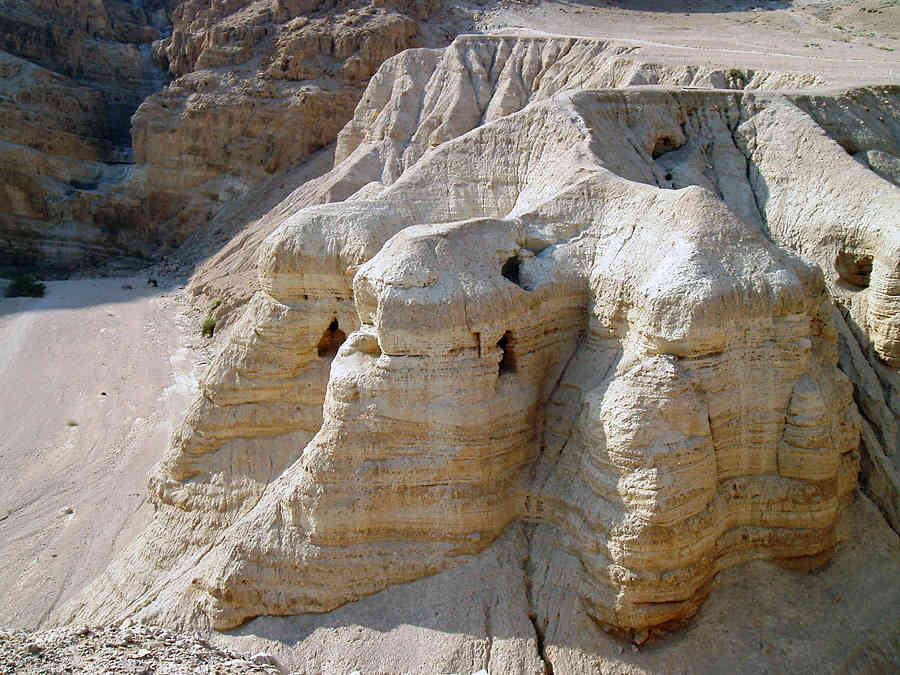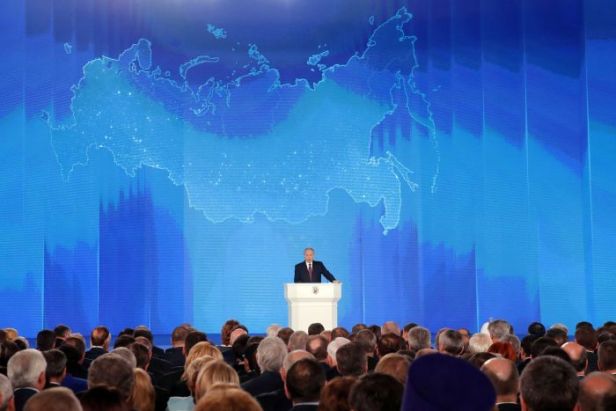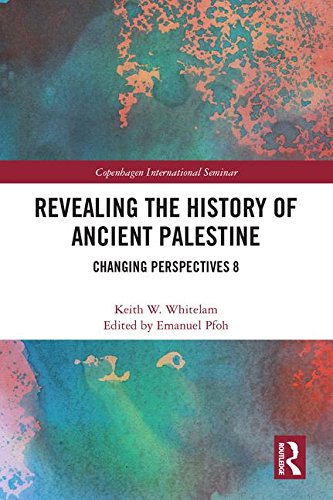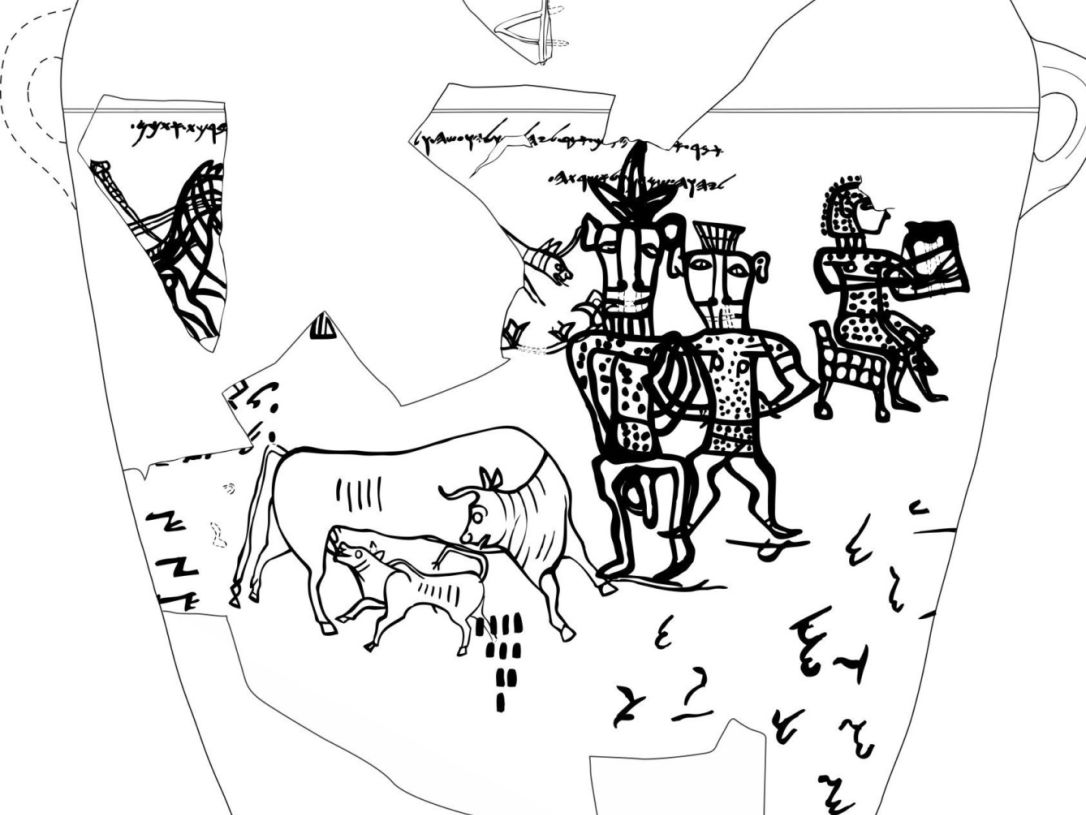Neste mês de abril de 2018 estive estudando com os alunos do Segundo Ano de Teologia do CEARP o livro de Amós. Agora estamos examinando Oseias. E uma pergunta sempre surge: em que contextos livros proféticos como Amós e Oseias foram escritos?
Wolfgang Schütte, que se dedica a pesquisar os inícios da profecia escrita nos séculos VIII e VII a.C. [livro para download gratuito aqui], nos dá uma boa pista em dois artigos publicados na revista Biblica, do Pontifício Instituto Bíblico de Roma. Artigos disponíveis para leitura online. Em alemão.
Amós
SCHÜTTE, W. Die Amosschrift als juda-exilische israelitische Komposition. Biblica, Roma, vol. 93, p. 520-542, 2012.
The oracles of Amos written in the 8th century BCE were brought from the Kingdom of Israel to Judah after the fall of Samaria in 720 BCE. We think that the Israelites in «exile» in Judah were hoping for a restoration at that time. The Book of Amos can be interpreted in this context: it explains the feelings of Israelite refugees in Judah (Amos 1-2), the responsibility of the Israelite elite for the disaster (Amos 3-6), the reason why the people bear the consequences of the catastrophe (Amos 7), and why there is hope for the refugees in Judah, but not for the exiles in Assyria (Amos 8-9).
Os oráculos de Amós escritos no século VIII a.C. foram trazidos do reino de Israel para Judá depois da queda de Samaria em 720 a.C. Nós pensamos que os israelitas no “exílio” em Judá estavam esperando por uma restauração naquele tempo. O Livro de Amós pode ser interpretado neste contexto: explica os sentimentos dos refugiados israelitas em Judá (Amós 1-2), a responsabilidade da elite israelita pelo desastre (Amós 3-6), a razão pela qual as pessoas sofrem as consequências da catástrofe (Amós 7), e por que há esperança para os refugiados em Judá, mas não para os exilados na Assíria (Amós 8-9).
Oseias
SCHÜTTE, W. Die Entstehung der juda-exilischen Hoseaschrift. Biblica, Roma, vol. 95, p. 198-223, 2014.
The book of Hosea was composed a short time after the Assyrian conquest of Israel and by a group of Israelites that had fled to Judah. The kernel of the book comes from a series of critical statements about cultic personnel and Israel’s society. The book integrated later reflections on national guilt and tried to infuse religious hope to the Israelite refugees in Judah.
O livro de Oseias é uma composição israelita no contexto dos exilados de Israel (norte) em Judá, propõe Wolfgang Schütte.
O livro de Oseias foi composto pouco depois da conquista assíria de Israel, por um grupo de israelitas que fugiram para Judá. O cerne do livro vem de uma série de posicionamentos críticos sobre o pessoal do culto e a sociedade de Israel. O livro integrou reflexões posteriores sobre a culpa nacional e tentou infundir esperança religiosa aos refugiados israelitas em Judá.
Diz o autor:
Ich unterstelle ihr, dass sie im Kern eine israelitische, im Fluchtland Juda verfasste, religiöse Literatur ist, die sich mit der Politik des Zufluchtslandes und einer erhofften Rückkehr nach Israel selbst auseinandersetzt.
Eu proponho que o livro de Oseias deva ser lido como literatura israelita escrita na terra de refúgio de Judá, lidando com a política do país de refúgio e com a esperança de um retorno a Israel.
Leia Mais:
Perguntas mais frequentes sobre o profeta Amós
Faça o download do livro A Voz Necessária: encontro com os profetas do século VIII a.C.
